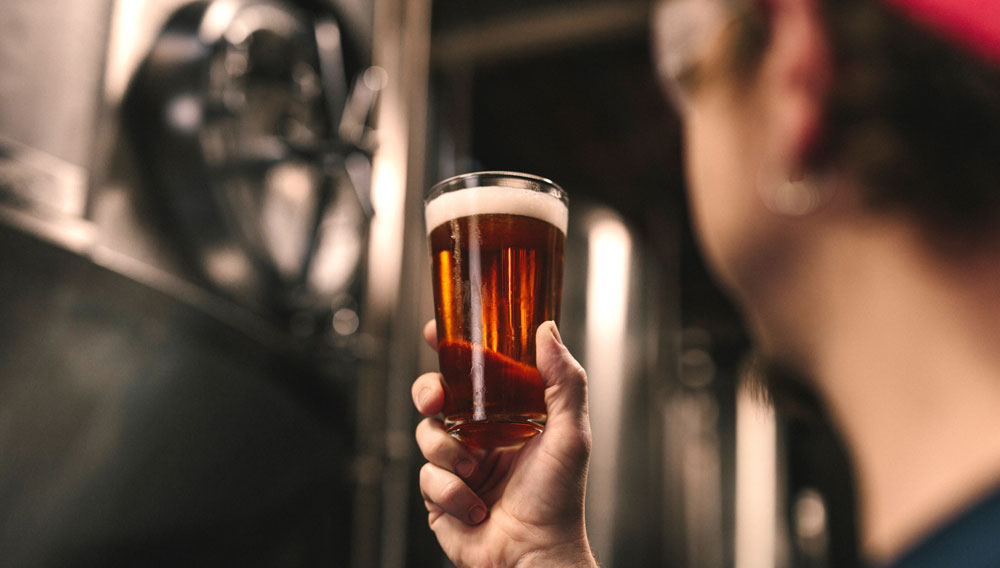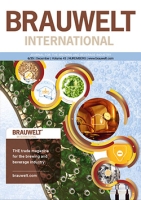Possibilities for Optimising Wort Preparation – Part 2
In the article cited, wort preparation can be calculated in terms of evaporation and re-formation; this property is used here for predicting possible improvements. The second part of this five-part series of articles on improving wort preparation revisits a problem discussed previously: what is the best process for driving off DMS from wort?



 6 print issues
6 print issues